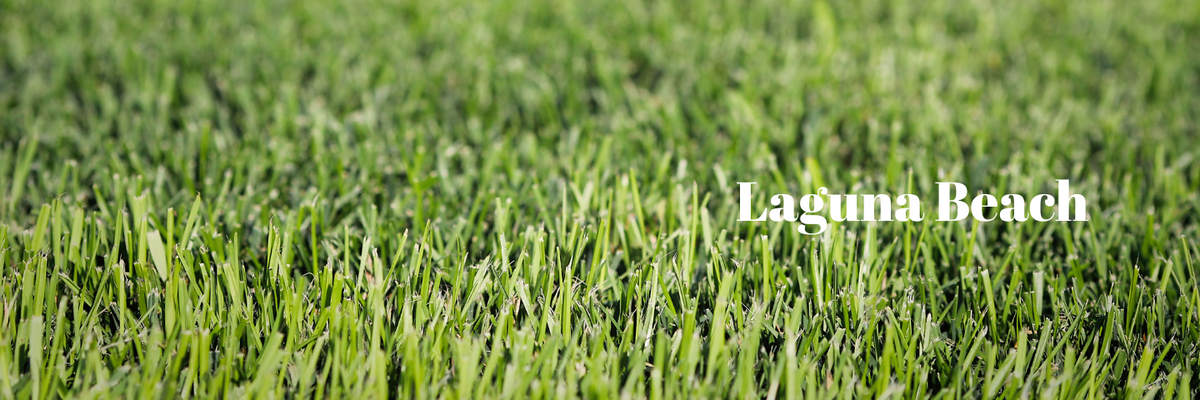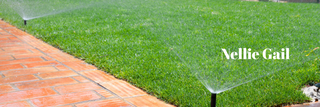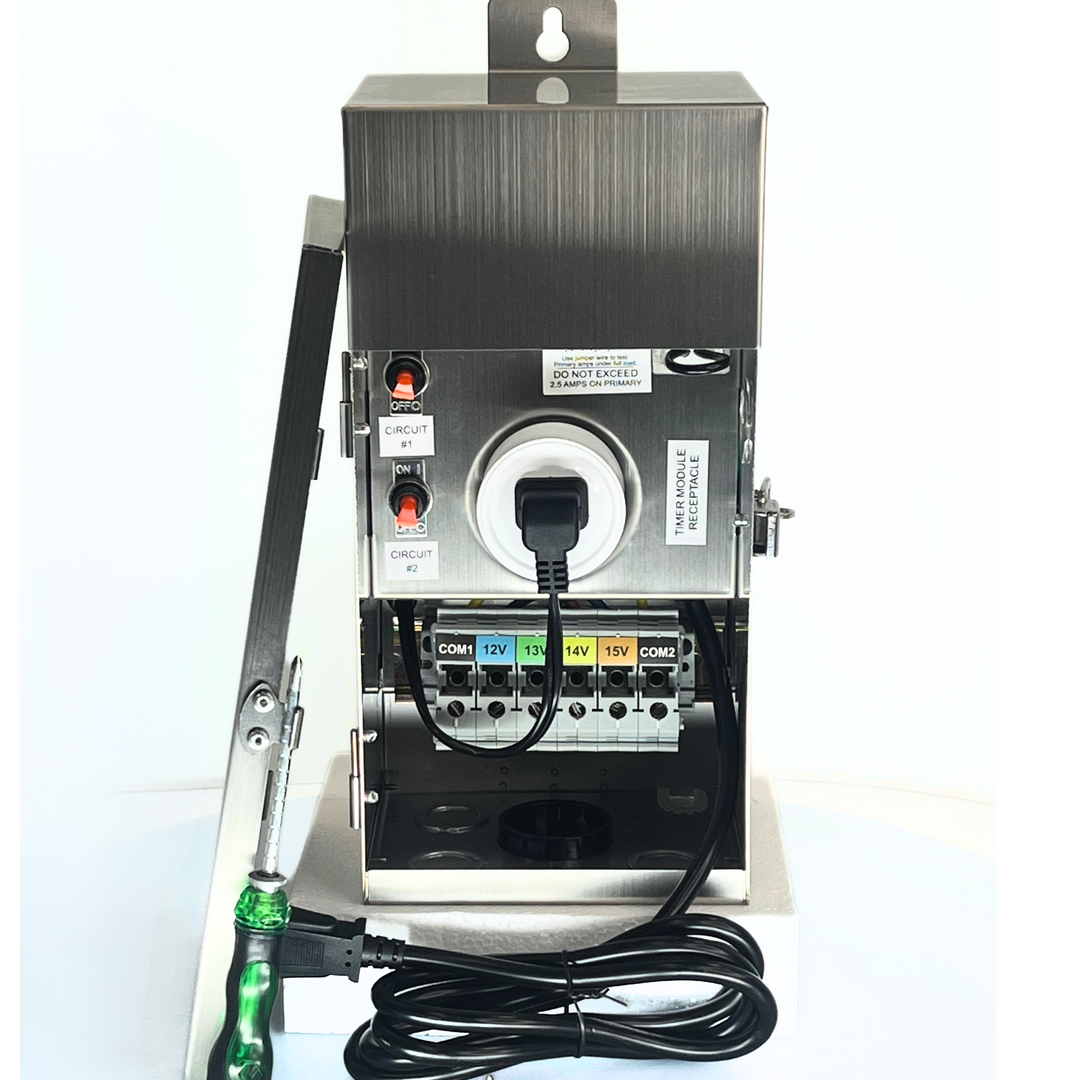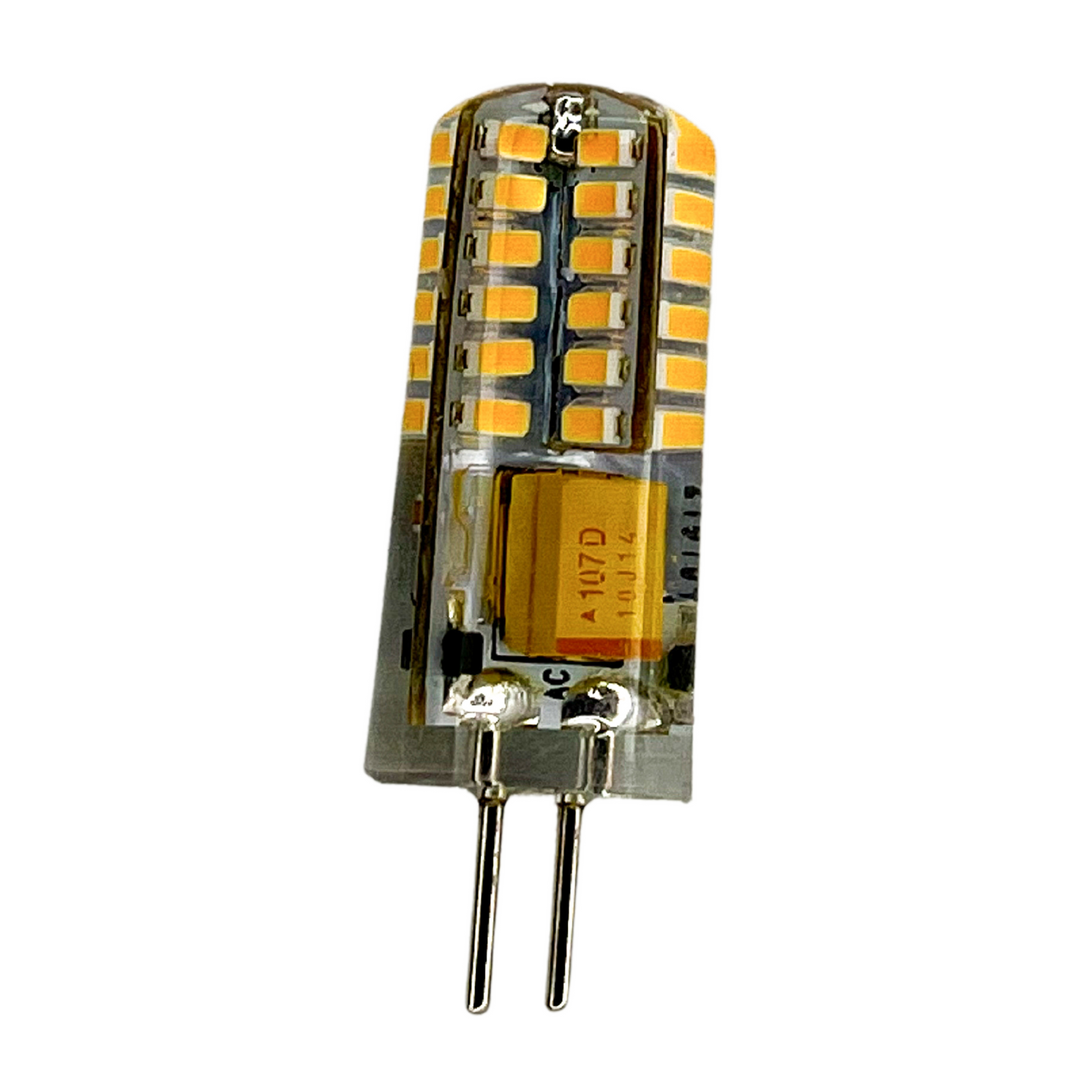
2025 Guide: Installing Sprinklers in 92651 Made Easy
|
|
Time to read 6 min
Maintaining a healthy, green lawn in 92651 is more than an aesthetic choice—it reflects smart water usage, environmental awareness, and modern technology. In 2025, homeowners in Laguna Beach are turning to innovative irrigation solutions to meet rising standards for sustainability, efficiency, and lawn health.
With new challenges brought on by climate changes and stricter regulations, traditional watering methods no longer make the cut. Thankfully, smart irrigation systems and eco-friendly landscaping practices are making it easier than ever to achieve lush, beautiful lawns while conserving water.
Let’s explore how expert irrigation techniques and tools are transforming lawn care in 92651.
Understanding 92651’s Unique Lawn Challenges
Laguna Beach Climate Overview
Located along Southern California’s coastline, 92651 enjoys a Mediterranean climate defined by mild, wet winters and warm, dry summers. While this climate supports many types of plants, the dry season—often stretching from late spring to early fall—makes efficient water use essential.
In recent years, drought conditions and water-use restrictions have become more common. These factors pose serious challenges to maintaining green, healthy lawns year-round. Windy conditions and sloped landscapes further complicate water retention and distribution.
Irrigation Challenges in 92651
The main issues residents face include uneven watering, water waste from runoff, and poor system design. On hilly properties common in Laguna Beach, water tends to flow away before soaking into the soil. Traditional systems often overwater in some areas and underdeliver in others.
Lawn care in 92651 also requires attention to salt levels in the air and soil. Coastal exposure can lead to salt accumulation, which can stress plants and affect irrigation efficiency. Knowing how to tailor a system to this unique environment is the first step toward success.
Smart Irrigation Technology in 2025
Top Innovations
The future of lawn care in 92651 is built around intelligent irrigation systems. In 2025, homeowners have access to systems that automatically adjust watering based on real-time data from weather services and soil sensors. These tools use machine learning to detect patterns and anticipate lawn needs.
Some smart systems can also predict rainfall or heatwaves, adjusting schedules in advance to prevent overwatering or plant stress. Many systems now support mobile control, allowing remote operation and monitoring through easy-to-use apps.
Key Features of Smart Systems
Weather-Based Scheduling: Adjusts irrigation in response to real-time temperature, humidity, and precipitation data.
Soil Moisture Sensors: Measure moisture levels at root depth to ensure watering only occurs when necessary.
Flow Meters: Track water use and detect leaks or clogs, helping to catch problems before they cause damage.
Zoning Control: Allows homeowners to set specific watering times and durations for different lawn areas.
Why Smart Irrigation is a Game-Changer
With smart irrigation, water is used only where and when it’s needed. This helps reduce monthly water bills, promotes healthier turf, and eliminates guesswork. Homeowners in 92651 especially benefit from these systems, as they allow for precise control in challenging coastal environments.
Additionally, these systems support compliance with local water regulations by automatically limiting watering during restricted hours or days.
Water Efficiency in 92651: Why It Matters
Environmental Impact
In a region like 92651, where water scarcity is a growing concern, every drop counts. Overwatering not only wastes resources but also harms the ecosystem. Runoff from excessive irrigation can carry fertilizers and pollutants into local waterways, negatively affecting marine life.
Efficient irrigation supports conservation efforts and aligns with the city’s broader sustainability goals. It’s a responsible way to preserve natural resources without compromising on lawn aesthetics.
Homeowner Incentives
Using less water doesn’t just help the planet—it can lower your monthly utility bill significantly. Some municipalities offer rebates for installing high-efficiency irrigation equipment, including weather-based controllers and drip systems.
By reducing water usage, smart systems often pay for themselves within a few seasons.
Compliance with Local Regulations
Laguna Beach regularly enforces watering restrictions, particularly during drought conditions. These rules may limit irrigation to certain days or require systems to shut off during rain. Smart controllers help homeowners stay compliant by adjusting automatically, eliminating the need for constant manual updates.
Improving Soil Health for a Lush Lawn
Understanding Your Soil
The type and condition of soil beneath your lawn directly affect irrigation success. In 92651, sandy soils often drain too quickly, while clay-heavy soils may retain water and cause pooling. Understanding your soil’s composition helps in choosing the right irrigation settings and lawn treatments.
Enhancing Soil Conditions
Healthy soil holds water longer and distributes it evenly. Core aeration helps relieve compaction, allowing roots to grow deeper and stronger. Adding organic compost improves soil structure and encourages microbial activity, which supports nutrient uptake and natural pest resistance.
Applying mulch around plants and along garden borders reduces evaporation and helps maintain consistent moisture levels.
Smart Irrigation’s Role in Soil Management
Smart systems allow for lighter, more frequent watering cycles—perfect for maintaining optimal soil moisture without oversaturating. These "micro pulses" of water mimic natural rainfall, which helps prevent erosion and supports healthy root development.
By pairing smart irrigation with good soil care, you create a self-sustaining cycle that keeps your lawn green and thriving.
Integrating Drought-Resistant Landscaping
Benefits of Low-Water Landscaping
Blending traditional lawns with drought-tolerant plants is a smart way to reduce water usage. These landscapes use native and climate-adapted species that require minimal watering and care. The result is a vibrant, layered look that remains resilient during dry spells.
For 92651 homeowners, this also means less mowing, lower water bills, and reduced maintenance.
Plant Options for 92651
Plants such as California fescue, monkey flower, sagebrush, and yarrow are all well-suited to the local climate. These species naturally thrive with less water, and many are also fire-resistant—an added bonus for hillside properties.
Using a mix of grasses, groundcovers, and flowering perennials creates visual variety while supporting pollinators and local wildlife.
Combining Drip Irrigation with Native Plants
Drip irrigation is ideal for targeted watering in drought-tolerant gardens. It delivers moisture directly to root zones, reducing evaporation and runoff. This method uses less water than traditional sprinklers and minimizes disease risk by keeping foliage dry.
In 92651, drip systems work especially well on slopes and in landscaped beds where uniform watering is hard to achieve.
Assessing and Upgrading Your Current System
Identifying Problems
A failing system can be expensive and wasteful. Look for signs like patchy grass, wet spots, or unusually high water bills. Sprinklers that spray sidewalks or driveways need adjusting. Broken or clogged heads must be replaced to restore even coverage.
In older systems, outdated controllers or missing shut-off valves often limit efficiency.
DIY System Audit
Conducting a simple inspection can reveal many issues. Turn on each zone and walk through your yard. Watch for inconsistent spray patterns, leaks, or heads that pop up unevenly. Use a catch can test to measure distribution and check if all zones receive equal coverage.
Upgrade Recommendations
If your system is more than ten years old, consider replacing the controller with a smart model. Upgrade nozzles to high-efficiency rotary types. Install pressure-regulating heads to reduce misting and water waste. If your yard includes plant beds, add a separate drip zone for maximum precision.
Avoiding Common Irrigation Mistakes
Timing Issues
Many homeowners water in the evening, which can encourage mold and fungus growth. Others irrigate mid-day, when the sun causes rapid evaporation. The best time is early morning—ideally between 4 a.m. And 8 a.m.—when temperatures are cooler and winds are light.
Equipment Failures
Worn-out heads, loose valves, and clogged filters can go unnoticed until plants begin to suffer. Regular maintenance prevents these issues. Inspect your system monthly, especially before seasonal transitions.
Programming Errors
A well-installed system can still fail if it’s poorly programmed. Overwatering is just as harmful as underwatering. Smart controllers reduce these risks by adapting automatically to weather changes and soil conditions.
Prevention and Monitoring
Use built-in diagnostics and water usage logs to track system performance. Some smart systems send alerts when problems arise, such as a broken valve or unusually high water flow. This keeps your lawn healthy while reducing waste and preventing costly repairs.
Practical Tips for 92651 Homeowners
Step 1: Evaluate Your Lawn’s Needs
Begin by assessing your landscape. Identify high-sun areas, shaded corners, and sloped terrain. Each area may require a different approach to watering. Choose turf varieties suited to your conditions, such as drought-resistant grasses.
Step 2: Plan Smart Irrigation Zones
Divide your yard into zones based on plant type and sunlight exposure. Grass, shrubs, and flower beds should each have their own watering schedule. This prevents overwatering one area while neglecting another.
Step 3: Upgrade with Eco-Friendly Tech
Install a smart controller and connect it to weather data. Add rain sensors and soil probes. Start small with one or two zones and expand as needed. Even partial upgrades improve efficiency.
Step 4: Monitor and Adjust Regularly
Track how your lawn responds. If you see runoff or standing water, shorten watering durations. In dry periods, increase frequency slightly without increasing total water volume. Fine-tuning your schedule keeps your landscape healthy year-round.
Bonus Tip: Match Irrigation with Other Practices
Keep mower blades sharp to avoid tearing grass. Mow high to shade roots and reduce evaporation. Fertilize sparingly and opt for organic blends. Use mulch to protect plant beds and stabilize moisture.












